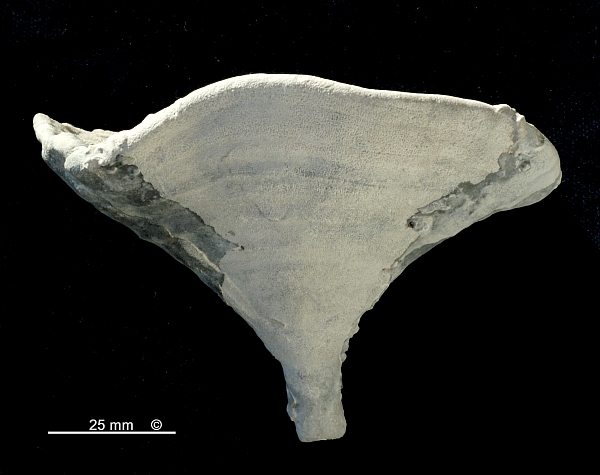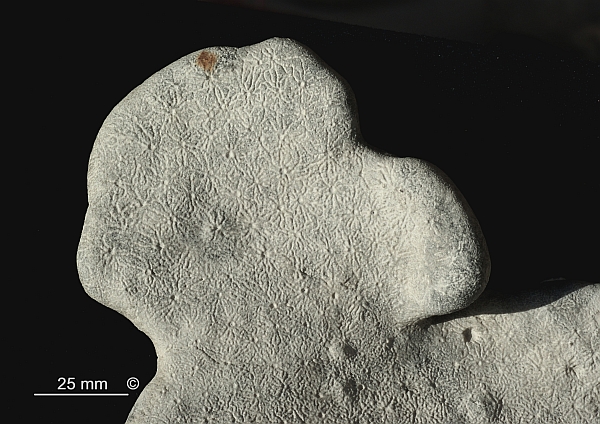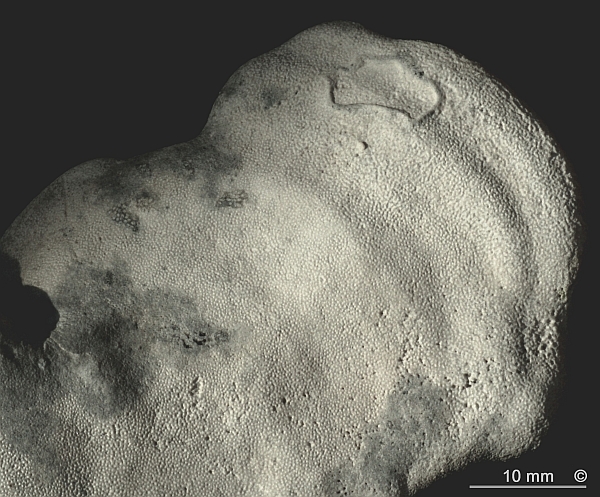Figure 1 - Coscinostoma fragilis, Teutonia, Misburg.
Gastral side.
Figure 2 - As Figure 1.
Dermal side.

Figure 3 - Coscinostoma fragilis, Teutonia, Misburg.
Figure 4 - Coscinostoma fragilis, Teutonia, Misburg.
Synonyms:
none
Occurence:
Teutonia, Misburg, Upper Campanian (spiniger zone). Rare.
Alemannia, Höver, Lower Campanian (senonensis zone). Rare.
Coscinostoma fragilis is the only representative of this genus, after Coscinostoma auricula was removed by Schrammen (1924) and redefined as Trachynotus auriculus.
Coscinostoma fragilis occurs as small (40 to 100 mm) and regular funnels but also as larger (500 mm) ear-shaped to flabellate individuals (Figures 1 through 4). The wall thickness is usually around 5 to 6 mm, even in larger examples. The available specimens suggest that Coscinostoma fragilis always has a proper stem. Roots are multiply branched and subparallel to the stem.



